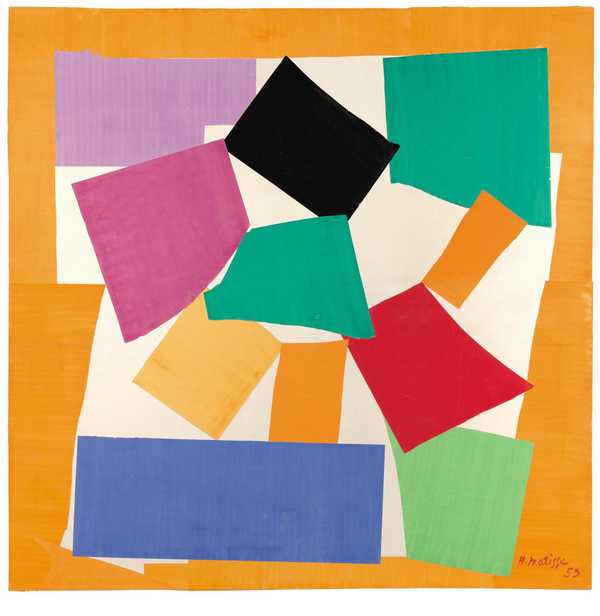Henri Matisse
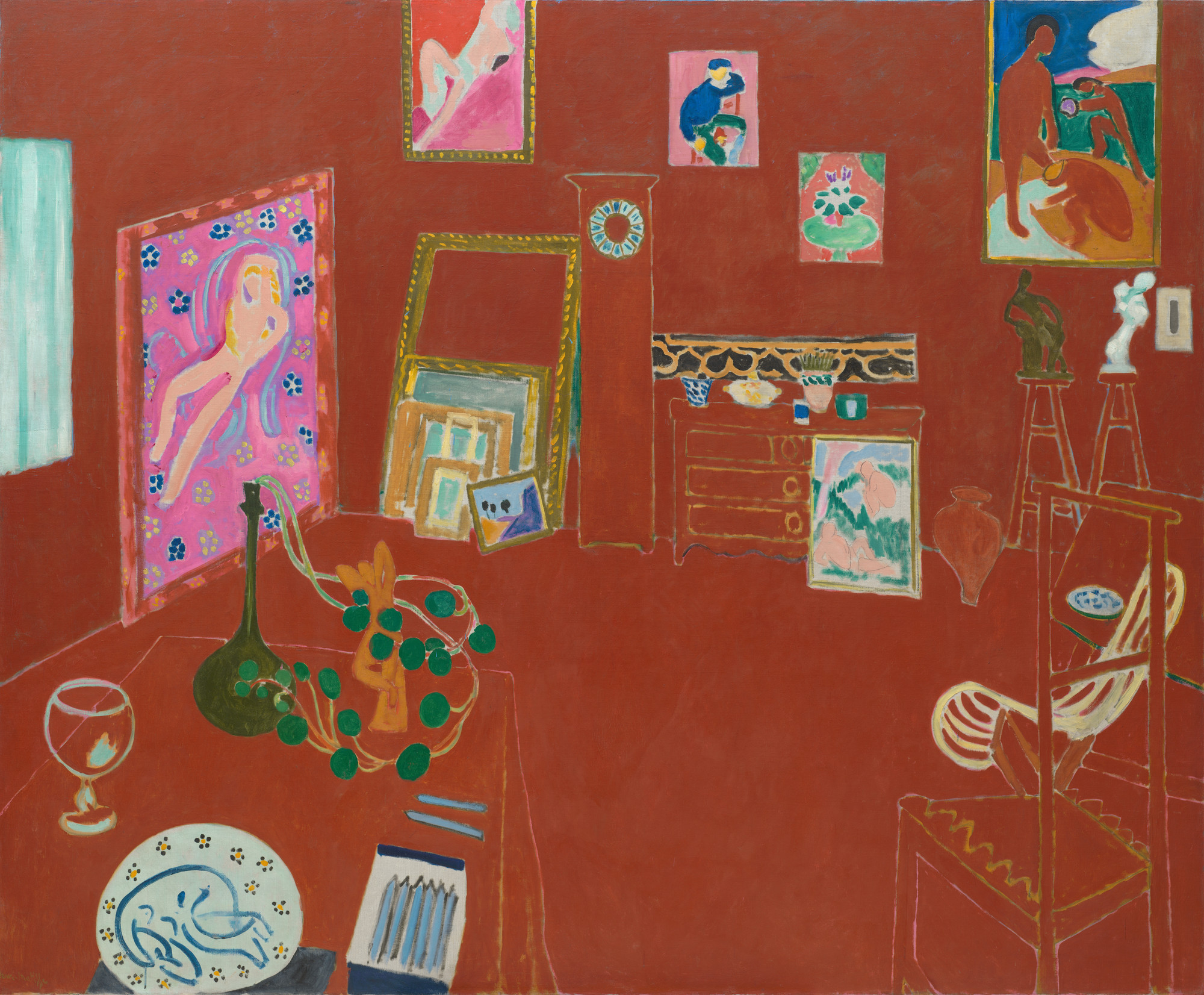
Henri Matisse didn’t just use color, he lived in it. From his wild Fauvist beginnings to his peaceful cut-paper masterpieces, Matisse turned every canvas into a celebration of light, life, and emotion. He wanted his art to feel like a good armchair: calm, comforting, and deeply human.

Born in 1869 in France, Matisse was supposed to be a lawyer. But a bout of illness gave him time to pick up a paintbrush—and everything changed. He ditched law, dove headfirst into art, and never looked back. His bold colors and simplified shapes shocked critics, but he knew exactly what he was doing: painting what felt true, not what looked exact.
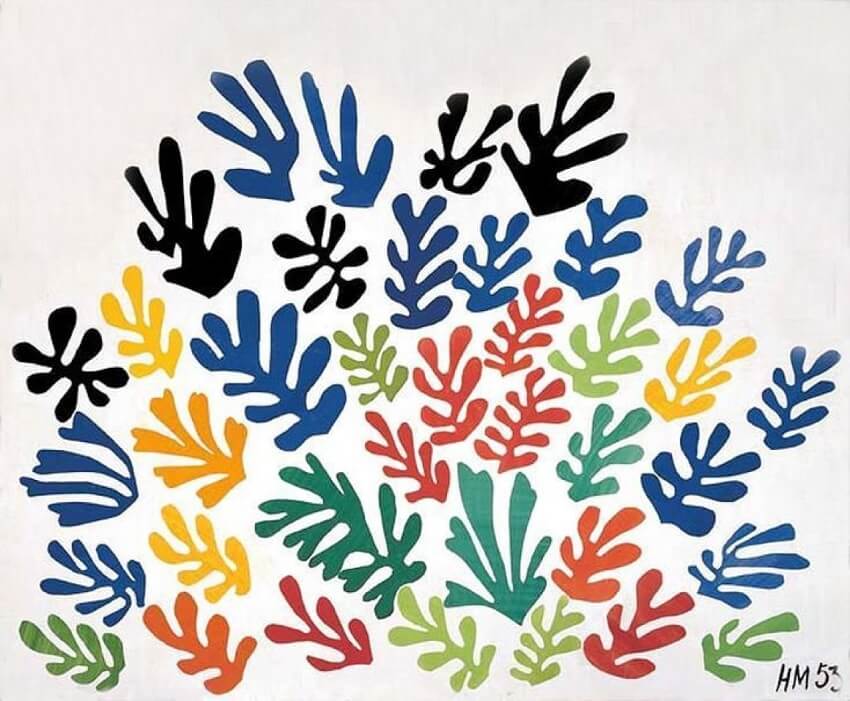
As leader of the Fauvist movement, Matisse rejected realistic color in favor of emotional power. A green stripe down a face? Why not. Blue skin? Sure. He painted people, interiors, and still lifes that glowed with energy. And when illness later made painting difficult, he reinvented himself again, this time cutting shapes from colored paper, creating joyful, abstract works that still inspire artists today.
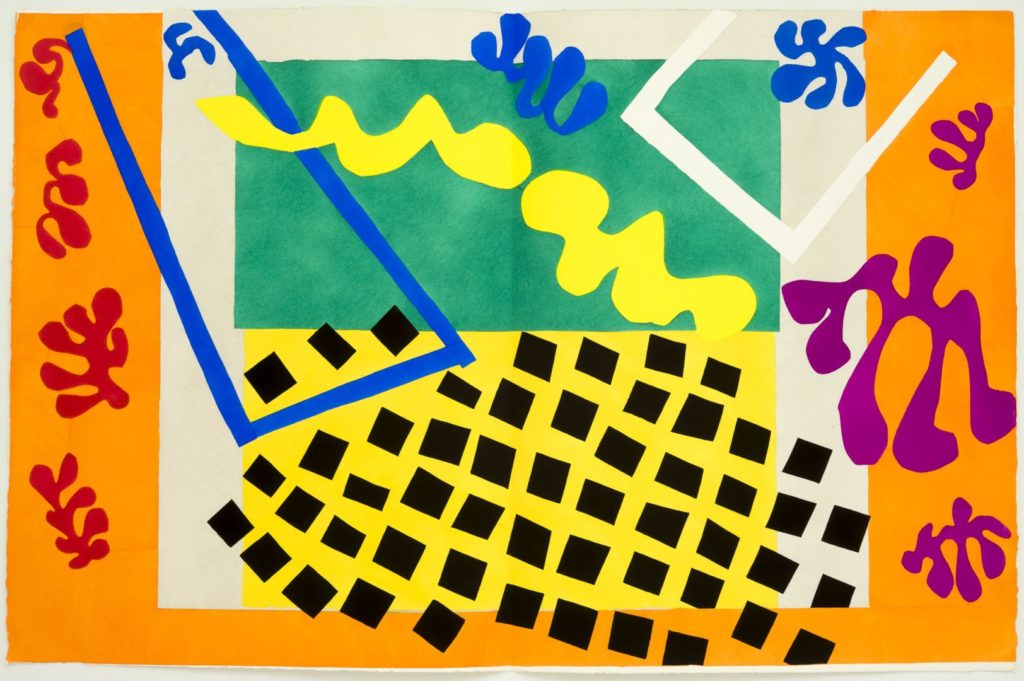
Matisse showed the world that color has rhythm, that beauty can be bold, and that real creativity takes courage. Whether he was painting dancers, designing chapels, or simply layering paper shapes, Matisse made one thing clear: art isn’t just about what you see, it’s about what you feel.
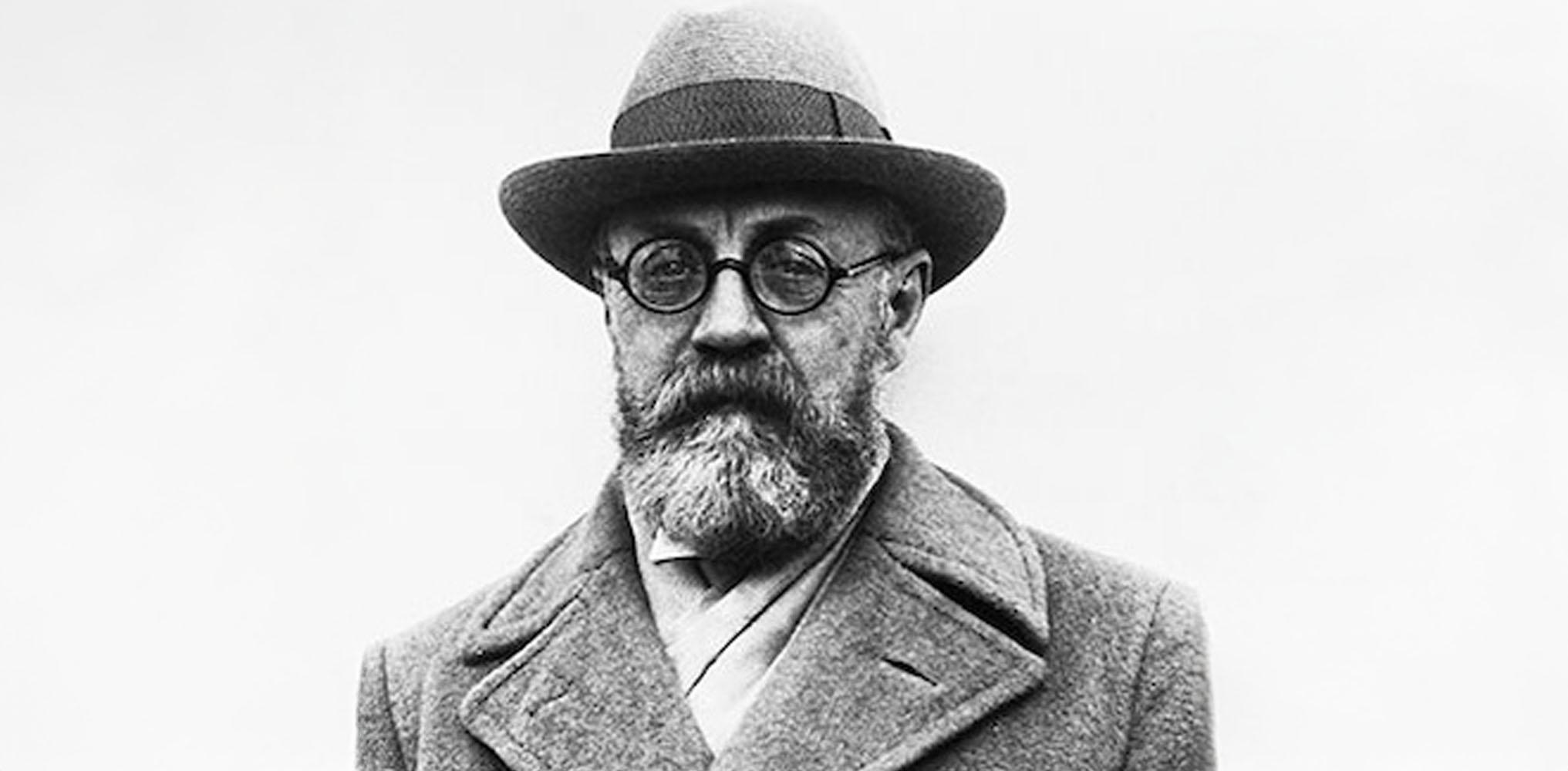
?
How did Matisse use color differently than the artists before him?
Why do you think Matisse wanted his art to feel like a 'good armchair'?
What emotions do you feel when you look at his cut-paper collages?
Why did Matisse start using paper cutouts later in life?
How did Matisse influence modern and abstract artists?
What do you notice about the way Matisse paints people and spaces?
If you could use only color and shape, how would you tell a story?
Dig Deeper
Henri Matisse, a trailblazer in Impressionism, Fauvism, and the genius behind the world of paper cutouts!
Discover more

Pablo Picasso
Picasso showed us that art isn’t just decoration, it’s a language. One that speaks in shapes, colors, and symbols. He dared to make things ugly, strange, or uncomfortable if it meant telling the truth. That’s the kind of bold creativity that still inspires artists today.

Vincent van Gogh
Van Gogh taught the world that art doesn’t have to be perfect to be powerful. He painted with emotion, lived with passion, and used color like a language all its own. His story reminds us that even when the world doesn’t see your worth right away, your vision can still change it forever.

Salvador Dalí
Dalí showed the world that imagination has no limits. By turning dreams into masterpieces, he dared us to embrace the strange, the surreal, and the deeply personal. His art reminds us that creativity isn't about following rules, it's about rewriting them.
Further Reading
Stay curious!
